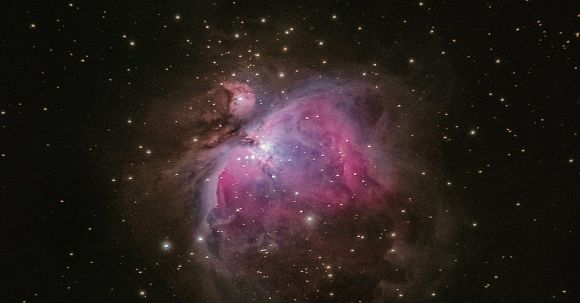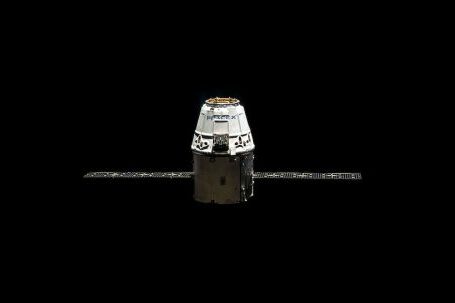Stars, those brilliant celestial bodies that light up our night sky, have captivated humans for centuries. But have you ever wondered how stars are born and what eventually leads to their demise? In this article, we will explore the fascinating processes behind the formation and death of stars.
Formation of Stars
Stars are formed from vast clouds of gas and dust known as nebulae. These nebulae are composed mainly of hydrogen, with traces of other elements such as helium and carbon. The birth of a star begins when a small region within a nebula begins to collapse under its own gravity.
As this region collapses, it starts to spin faster and flatten into a disk-like structure called an accretion disk. Within this disk, particles of dust and gas clump together due to their mutual gravitational attraction. Over time, these clumps grow larger and larger, eventually forming protostars.
Protostars are still in the process of accumulating mass, and they are surrounded by a thick envelope of gas and dust. As the protostar continues to gather material, it heats up and becomes more luminous. Eventually, the temperature and pressure at its core reach a critical point, initiating nuclear fusion.
Nuclear fusion is the process by which hydrogen atoms combine to form helium, releasing an enormous amount of energy in the process. This energy is what makes stars shine. Once nuclear fusion begins, the protostar becomes a main sequence star, like our Sun.
Life of a Main Sequence Star
Main sequence stars, like our Sun, spend the majority of their lives in a stable state, steadily fusing hydrogen into helium. This process releases a constant stream of energy that outwardly counteracts the force of gravity pulling the star inward. This delicate balance between gravity and radiation pressure keeps the star in equilibrium.
The size, temperature, and luminosity of a main sequence star are determined by its mass. High-mass stars are larger, hotter, and more luminous, while low-mass stars are smaller, cooler, and less luminous. Our Sun, for example, is a medium-sized main sequence star.
Death of a Star
Stars, like all things in the universe, have a finite lifespan. When a main sequence star exhausts its hydrogen fuel, it begins to undergo significant changes. The exact fate of a star depends on its mass.
For low-mass stars, such as our Sun, the story ends rather peacefully. After burning through its hydrogen, the core of the star contracts, while the outer layers expand, creating a red giant. Eventually, the outer layers are lost, leaving behind a dense core known as a white dwarf. Over time, the white dwarf cools and fades away, becoming a black dwarf.
High-mass stars, on the other hand, experience a more dramatic end. After exhausting their hydrogen fuel, these stars undergo a series of nuclear reactions that result in the fusion of heavier elements. This process continues until the core of the star becomes iron.
Unlike other elements, fusion of iron does not release energy, but rather consumes it. This leads to a catastrophic event known as a supernova explosion. The explosion disperses the outer layers of the star into space, while the core collapses under its own gravity, forming either a neutron star or a black hole.
In conclusion
The formation and death of stars are awe-inspiring processes that have shaped the universe as we know it. From the collapse of a nebula to the explosive demise of a supernova, stars take us on a journey through the cosmos. Understanding the life cycle of stars not only deepens our knowledge of the universe but also reminds us of the transient nature of all things.





